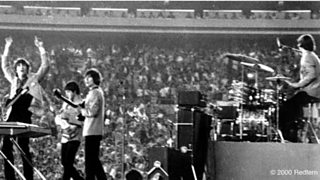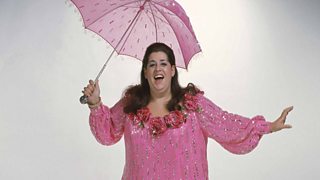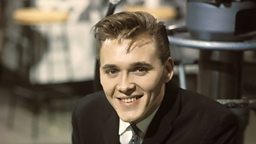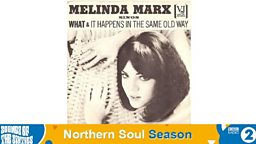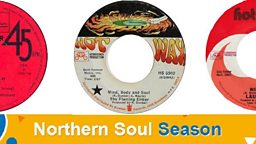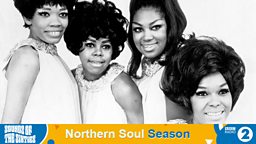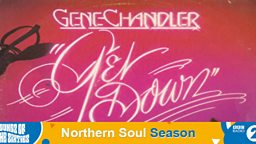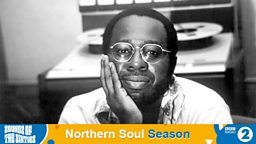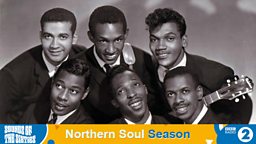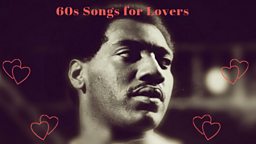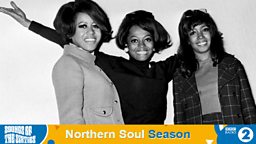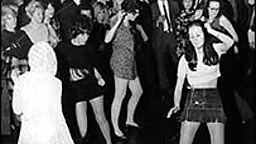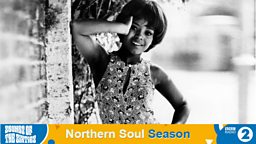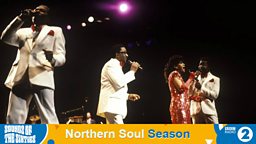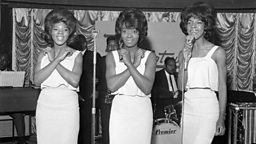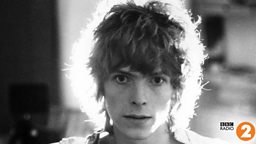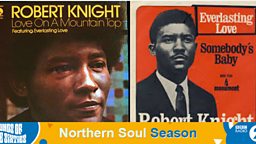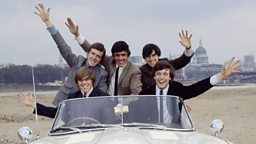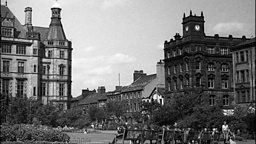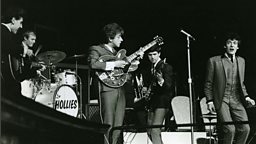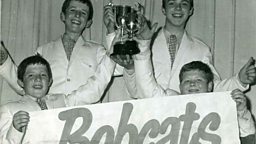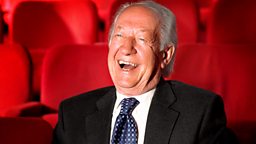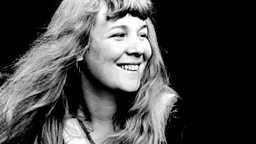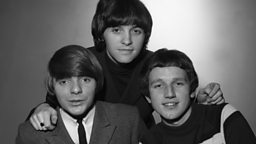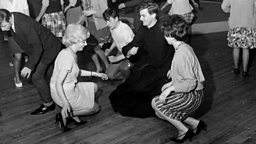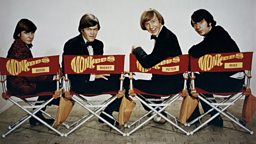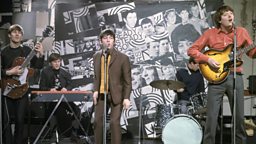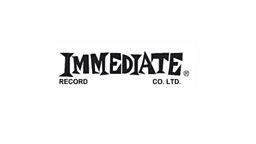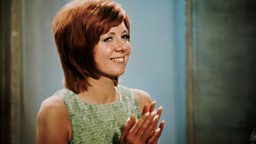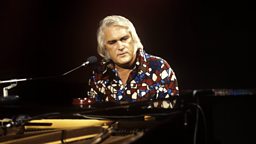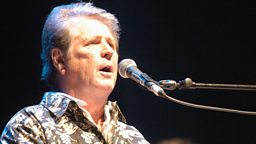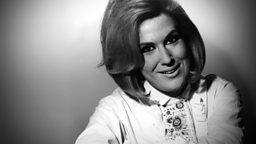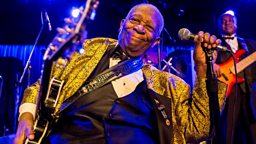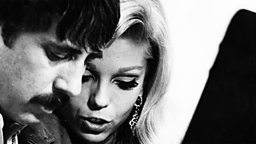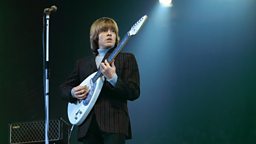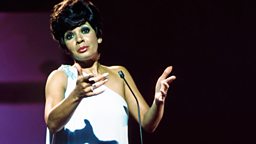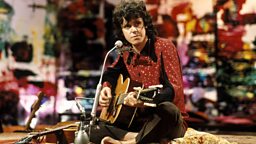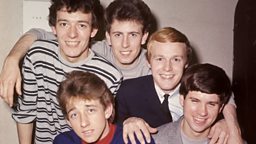Laura Nyro
by Bob Stanley
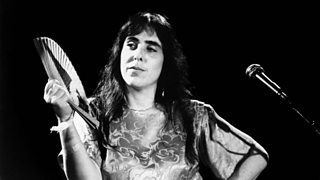
New Yorker was one of the most distinctive singer-songwriters to emerge at the end of the sixties. While most came out of the folk scene, Nyro's true love was doo wop and the girl group sound, to which she would pay tribute to on her 1971 covers album, Gonna Take A Miracle. Nyro was also a decidedly urban songwriter. You would expect most songwriters would draw inspiration from waking up to the smell of freshly cut grass and flowers; Nyro said she looked forward to opening her apartment window and smelling pizza.
Her lyrics were sensual and evocative, with trigger words that sounded "exotic and old-fashioned, all at once" according to her biographer Michele Kort. Though her first two albums (More Than A New Discovery in 1967, Eli & the Thirteenth Confession in 1968) only sold moderately, Nyro had huge success as a writer - the Fifth Dimension released several of her songs as singles, including the 1969 US number one Wedding Bell Blues. Beyond that came American Top 10 hits for Blood Sweat & Tears (And When I Die), Barbra Streisand (Stoney End) and Three Dog Night (Eli's Coming). A highly recommended Ace compilation Sassafras & Moonshine: The Songs of Laura Nyro includes several of these hits, plus covers by The Supremes, Mama Cass, and actress Peggy Lipton.
At the 1967 Monterrey festival, where Jimi Hendrix and The Who made their American breakthrough, Nyro played to a lukewarm response. Always extravagantly turned out, she sat at her piano wearing a long black dress which was sleeveless on one side with a batwing on the other - a singer with a proto-gothic look and a taste for the Shirelles and Broadway musicals was not really what people wanted or expected in the spring of 1967. Ahead of the game, but chastened by the experience, Nyro later turned down the chance to play at Woodstock.
She was sweetly eccentric, wearing gaudy silver stack-heeled shoes under her flowing gowns, and seemingly incapable of "cooking" anything other than tuna fish sandwiches - she even named her publishing company Tuna Fish Music. To get herself in the mood for recording her third album, 1969's New York Tendaberry, Nyro travelled to the recording studio in a horse drawn carriage that took her across Central Park. Most stars would have expected a limousine, and her label, Columbia, worked out that the horse and carriage was cheaper, so why not? It was well worth it - the album turned out to be her masterpiece.
-
![]()
Brian Matthew remembers joining the Beatles on tour in 1965
-
![]()
Find out more about the songs we play
